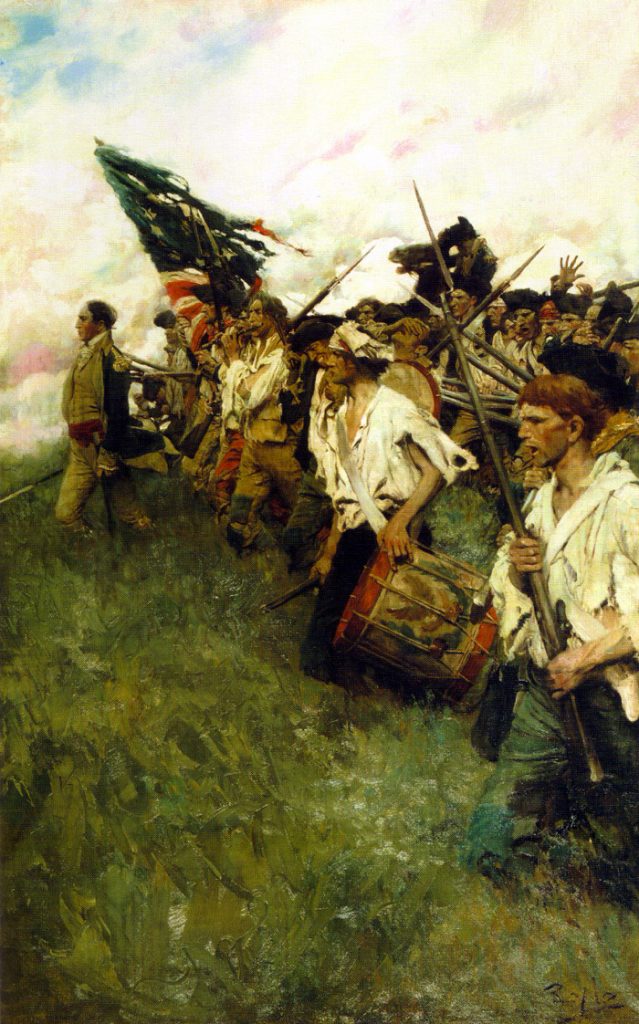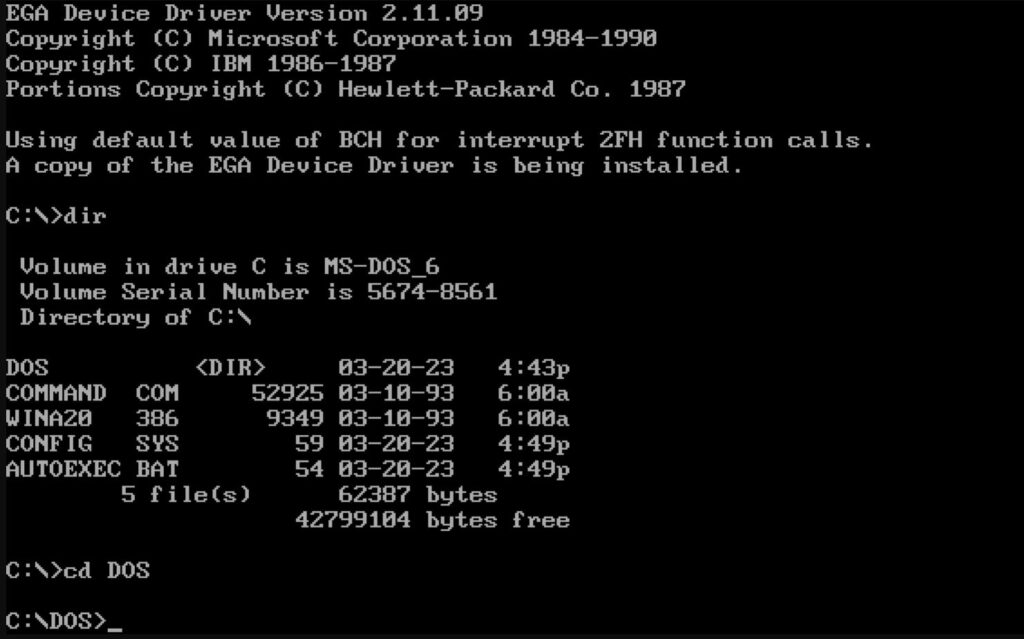GC interview with:
Marshall Barrington
Designer, Command Post Games

Q: Marshall, for those who might not be familiar, can you give us a quick overview of Pub Battles and what makes Command Post Games stand out in the wargaming scene?
A: Absolutely. Pub Battles is our flagship series—think fast-paced, command-focused wargames set in the musket era, like Brandywine or Waterloo. We’re not about micromanaging every squad or rolling dice for every musket ball. Instead, we zoom out to the big picture: corps and division-level decisions, where you’re the commander making tough calls in the fog of war. At Command Post Games, we’re like the scrappy rebels of wargaming—challenging the old guard with simple, elegant designs that pack a punch of realism without the hassle.
Picture this: Back in the day, Apple Computers burst onto the scene against giants like IBM, who dominated with clunky, corporate machines that felt more like accounting tools than creative powerhouses. Steve Jobs didn’t just sell computers; he sold a revolution— “Think Different.” We’re doing the same here. Traditional wargames are loaded with hexes, stacks of counters, and rulebooks thicker than a phone directory. Us? We ditch all that for wooden blocks that stand upright (hiding unit info for true fog of war) and free-form movement like miniatures on a historical map. No grids, no fuss—just pure strategy. It’s like swapping a bulky PC for a sleek Mac: suddenly, everything feels intuitive and fun.

Q: You mention realism and fog of war a lot on your site. How does Pub Battles capture that without getting bogged down in complexity?
A: Great question—it’s all about putting you in the commander’s boots, not the grunt’s. Realism for us means recreating the uncertainty and pressure of real battles, where you don’t have perfect intel. In Pub Battles, blocks face away from opponents. So you know there is something there but what is it? Infantry or Cavalry? A full strength, elite unit that is fresh and ready to go or a small detachment of militia that is spent? Just like real generals, you often don’t know. Fresh units flip to “spent” after combat or retreats, mimicking exhaustion without endless charts.
Let me tell you a story from a playtest session. We were refighting Germantown, and my buddy was playing Howe. He’s goes charging straight up the middle. That’s his aggressive style That’s what Howe did. But guess what? There was nothing there! Thanks to the fog, he misjudged my deployment. Just because Washington brought his main army down the center, doesn’t mean I had to. All he slammed into was a militia unit of Pennsylvanian farmers with a few light detachments. Then he started to worry. One of my rebel columns appeared on his right, near his baggage train and his main supply line. He scrambled to counter. Nope, nothing there either. “Where are you?!”, he said. Right before Washington struck his left flank with a fury. It’s those “oh crap” moments that teach command decisions in unknown environments. He laughed it off later, saying, “Man, now I know exactly how the British felt—betting big on bad intel!” What is the point of fighting the same old battles, exactly as they were fought with perfect God like knowledge? The real generals that fought those battles didn’t know where everybody was. They had to fight blind. So should we.
Compare that to the old-school games—endless modifiers and phases that make you feel like you’re auditing taxes instead of leading troops. We’re rebels, remember? Like early Apple poking fun at IBM’s “Big Brother” vibe in their 1984 ad. We’d say, “Why crunch numbers when you can command like Napoleon—bold moves, big risks, and that sweet rush of victory (or hilarious defeat)?”
Q: There’s resistance from traditional wargamers to your no-hexes, wooden-block approach. How do you address that, and what’s your vision for the future of wargaming?
A: Oh, the resistance is real—I’ve gotten emails calling us “too simplistic” or “not enough crunch” because we skip the hex grids and cardboard counters. It’s like when Apple launched the Macintosh: tech purists scoffed at the mouse and icons, saying, “Real computing needs DOS command line prompts and code to memorize or look up!” But Jobs knew better—he made tech accessible, fun, and powerful, turning skeptics into fans with humor and vision.

Our vision? Wargaming should connect people, build leadership skills, and deliver historical insights without gatekeeping. We draw from Kriegsspiel—the original command post game used by Prussian officers—but make it umpire-free for two players. Wooden blocks aren’t just pretty; they create fog of war naturally, and free movement lets terrain matter like in real battles. No more trying to remember an endless list of rules and modifiers!

Here’s a fun story: I was at a con demoing Pub Battles: Antietam. This grizzled grognard scanned over the 4 pages of core rules and scoffed about the simplicity and lack of “crunch”. I handed him the Union blocks without a word. Fifteen minutes in, he was overwhelmed by the complexity of this “simple” game. Sumner’s assault on the Sunken Road last turn drove several of Jackson’s brigades out. Should he try to get Sumner to move first now to occupy that position? Or should he wait and try to force Jackson to move first? That way you can see what the enemy does first and can attack at the weakest point. Don’t forget about the artillery I said. Ideally you want them to fire, right before Sumner moves. That way Jackson won’t be able to rally his troops before you strike them. What does Jackson even have left? Are those just spent detachments? His head was spinning with the complexity of the strategic options. By game’s end, he’s grinning: “Damn, that’s tricky—and addictive!” That’s our Apple moment—humor in the humility. We’d quip, “Hexes are for bees, not battles. Napoleon didn’t worry about the grain of hexes or ZoCs. Try thinking different; you might just win Gettysburg without a migraine.”
Our future? More accessible games that teach teamwork and decision-making, like how wargames trained generals but now can level up hobbyists too. We’re expanding Pub Battles to new eras, always keeping it simple yet deep—because the best lessons come from play, not paperwork.
Q: Any final thoughts for wargamers curious about trying Pub Battles?
A: Dive in! Start with something like Brandywine—it’s quick to learn, plays in an hour, and captures that command thrill. If you’re a traditionalist, think of it as your “1984” moment: break free from the hex tyranny and discover wargaming that’s as elegant as it is exciting. Head to commandpostgames.com for demos or to grab a set. Who knows? You might just become the next rebel commander!

Perfectly said.